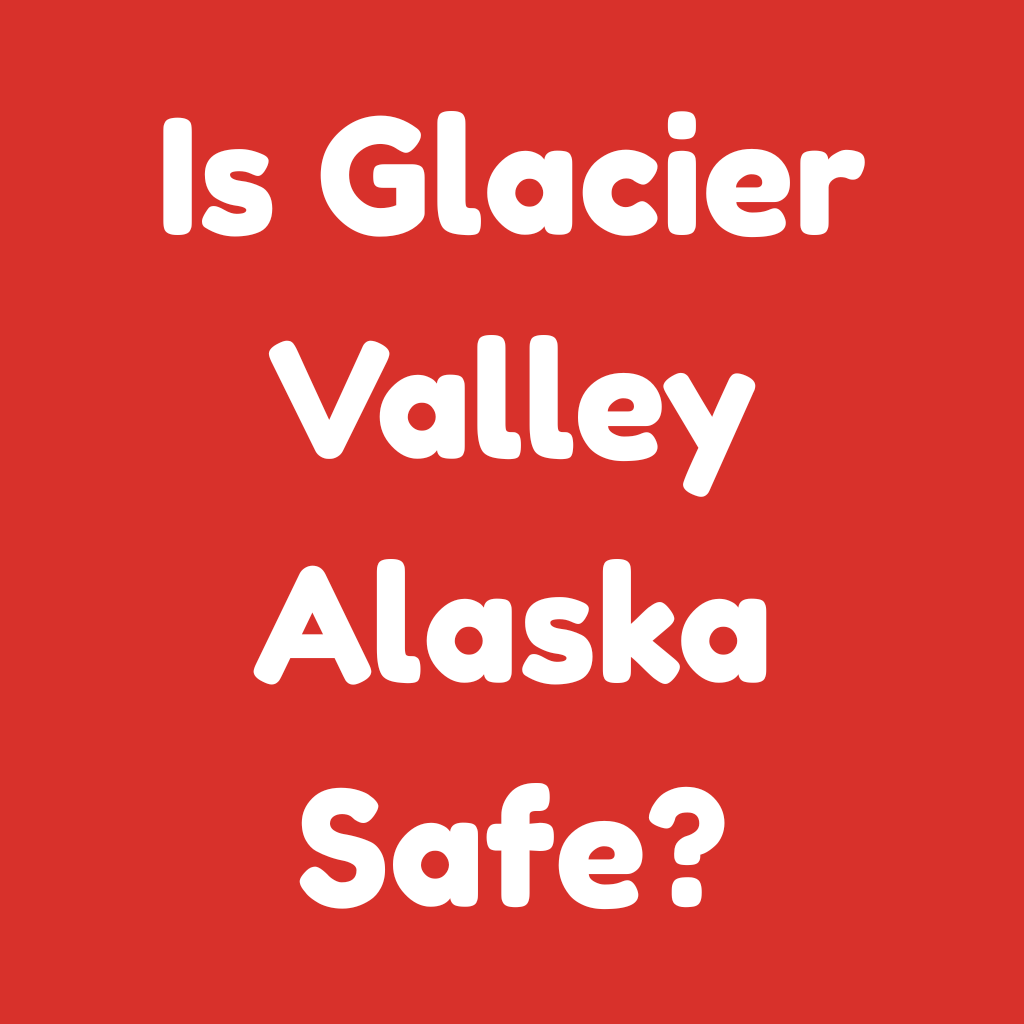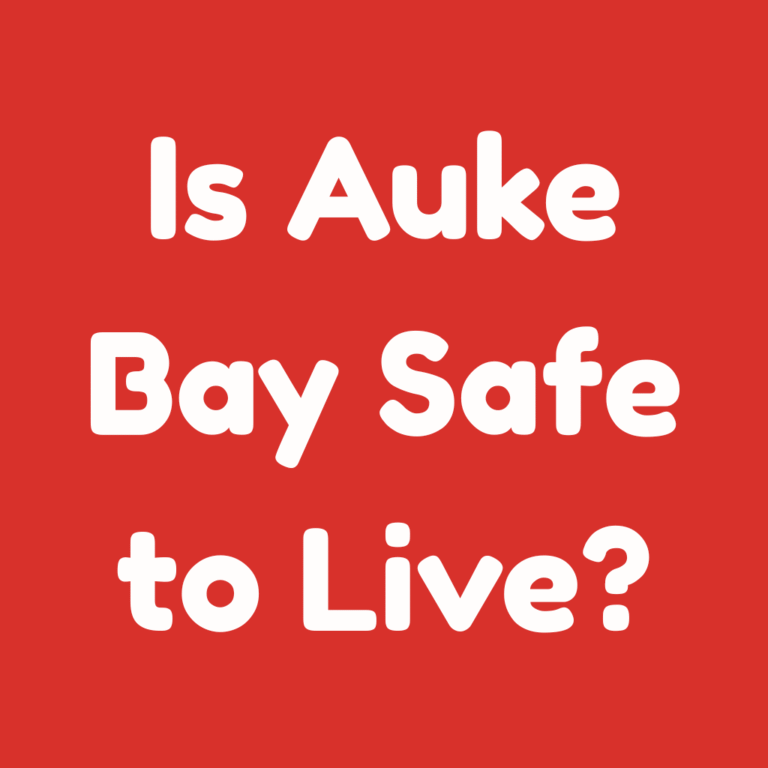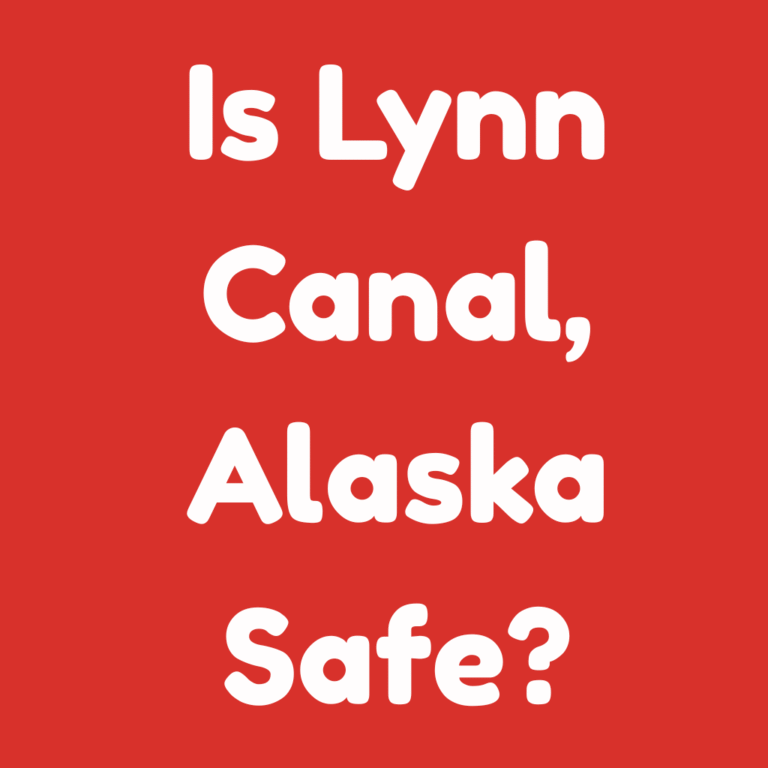Is Glacier Valley Alaska Safe?
Alaska’s Glacier Valley, a pristine wilderness of icy rivers, towering peaks, and awe-inspiring glaciers, attracts outdoor enthusiasts, adventure seekers, and nature lovers from all over the world. But, like any remote and rugged environment, it raises a vital question: Is Glacier Valley, Alaska safe?
If you’re planning a trip to Glacier Valley or considering it for your next adventure, you may wonder about the risks, safety precautions, and things to watch out for.
With the stark beauty of the landscape and the unique challenges it presents, it’s essential to be well-prepared.
In this blog post, I’ll break down everything you need to know about the safety of Glacier Valley, Alaska.
From potential hazards to practical tips, we’ll cover it all so you can enjoy this majestic destination without worries.
What to Expect in Glacier Valley: Is it Worth the Risk?
Picture this: you’re standing on the edge of a glacier, the ice beneath you stretching as far as the eye can see, while majestic mountains rise in the distance.
The air is crisp, and the silence is deafening. But as you breathe in the cool, fresh air, you can’t help but wonder: Am I safe out here?
The truth is, Glacier Valley is a magnificent, but potentially hazardous location. With its unique geography, unpredictable weather, and remote location, safety should always be a priority.
But that doesn’t mean you should avoid it entirely. In fact, with the right preparation, Glacier Valley can be a safe and unforgettable adventure.
In this post, we will explore the safety aspects of Glacier Valley, from environmental factors like weather to practical tips for navigating the terrain.
I’ll also share my personal insights to help you make an informed decision about your trip.
Key Factors Affecting Safety in Glacier Valley
1. Glacial Terrain and Ice Caves
Glacier Valley, as its name suggests, is home to massive glaciers. While these icy landscapes are mesmerizing, they can also pose significant risks, especially when it comes to hiking or exploring ice caves.
Risk Factors:
- Crevasses: These deep cracks in the glacier’s surface can be hidden beneath snow, creating a serious hazard. If you’re venturing onto the glacier, you need to be aware of crevasses and their potential to cause harm.
- Ice Caves: Many tourists are drawn to the allure of ice caves, but these can be treacherous. The melting and shifting of the ice can cause parts of the cave to collapse without warning.
Safety Tips:
- Hire a Guide: If you’re not experienced in glacier trekking, it’s best to hire a certified guide. They know the terrain, the risks, and how to navigate the icy surface safely.
- Stay on Marked Trails: Stick to well-trodden paths and avoid venturing too far into unknown areas. Guides and rangers typically mark safe routes.
- Check Conditions: Weather can dramatically change the landscape, so check local weather reports before heading out. Avoid ice caves when temperatures are fluctuating.
2. Wildlife and the Potential for Encounters
Alaska is known for its abundant wildlife, and Glacier Valley is no exception. From bears to moose, there’s always a chance of encountering an animal while hiking or exploring. But how dangerous is it really?
Risk Factors:
- Bears: Glacier Valley is home to both black and grizzly bears. While bears generally avoid humans, they may become aggressive if they feel threatened or if you inadvertently surprise them.
- Moose and Wolves: Moose are large, unpredictable creatures, especially if they feel cornered or threatened. Wolves, although generally shy, can also pose a risk in certain situations.
Safety Tips:
- Bear Spray: Always carry bear spray and know how to use it. It’s a proven deterrent in case of a bear encounter.
- Make Noise: While hiking, make noise to alert animals of your presence, especially in areas with limited visibility. Bears are less likely to approach if they hear you coming.
- Stay Calm: If you encounter a bear or moose, do not run. Back away slowly, and avoid making sudden movements.
3. Weather: A Key Factor in Glacier Valley Safety
Alaska is known for its unpredictable weather, and Glacier Valley is no exception. The weather can change rapidly, and what starts as a sunny, calm day can quickly turn into a snowstorm or heavy rain. This can create a range of safety concerns, from hypothermia to disorientation.
Risk Factors:
- Rapid Temperature Drops: In Glacier Valley, temperatures can drop suddenly, especially in higher elevations. This makes it easy to get cold, especially if you’re wet from rain or snow.
- Poor Visibility: Blizzards, fog, and rain can reduce visibility to almost zero, making it difficult to navigate.
Safety Tips:
- Layer Up: Dress in layers and make sure to have waterproof clothing. A good-quality rain jacket and pants will keep you dry.
- Bring Navigation Tools: Always have a map and compass, and if possible, a GPS device. Don’t rely solely on your phone as it may lose signal in remote areas.
- Monitor Weather Reports: Keep an eye on weather forecasts and be prepared to alter your plans if conditions worsen. Never venture into the wilderness without checking the weather first.
Common Mistakes to Avoid in Glacier Valley
While Glacier Valley offers incredible beauty, it’s essential to avoid some common mistakes that could jeopardize your safety:
- Not Checking the Weather: Alaska’s weather is unpredictable, and it’s easy to overlook this. Always check the forecast before heading out, and plan accordingly.
- Ignoring Wildlife Warnings: Many visitors underestimate the importance of bear safety or fail to follow the recommended precautions for avoiding wildlife encounters. This can lead to dangerous situations.
- Underestimating the Terrain: Glacier Valley’s terrain is rugged and challenging. Hikers often overestimate their abilities, leading to accidents. Always start with easier trails and gradually work up to more challenging hikes.
- Not Having Proper Equipment: Many tourists underestimate the need for proper gear. Make sure you’re equipped with proper footwear, waterproof clothing, and enough supplies to handle unexpected situations.
Safety Checklist for Glacier Valley: Be Prepared!
To ensure your trip to Glacier Valley is safe and enjoyable, here’s a safety checklist that you can follow before and during your trip:
| Item | Description | Importance |
| Bear Spray | Carry bear spray and know how to use it. | Essential for safety in bear country. |
| Weather-Appropriate Gear | Layered clothing, waterproof jacket, gloves, and hat. | Protects you from cold, rain, and fluctuating weather. |
| Navigation Tools | Map, compass, and GPS device. | Vital for navigation in remote areas. |
| First-Aid Kit | Include essentials like bandages, painkillers, and blister treatment. | Can prevent small injuries from becoming serious. |
| Extra Food & Water | Carry enough food and water for the duration of your trip. | Vital for energy and hydration, especially in remote areas. |
Conclusion: Glacier Valley, Alaska: A Safe Adventure with the Right Preparation
Glacier Valley, Alaska, is an incredible destination for those who seek adventure and awe-inspiring landscapes.
But like any outdoor adventure, safety is paramount. The beauty of the glaciers, the majestic wildlife, and the unpredictable weather all contribute to the unique charm of the area, but they also come with risks.
By preparing adequately, being mindful of your surroundings, and respecting the wilderness, you can make your trip to Glacier Valley a safe and unforgettable experience.
Remember to always:
- Plan ahead and check weather conditions.
- Respect wildlife and take necessary precautions.
- Equip yourself with the proper gear and safety equipment.
With these simple steps, you can confidently explore Glacier Valley, knowing that you’re well-prepared for the challenges it may present.
Have you visited Glacier Valley, Alaska? Share your experiences and tips in the comments below! And if you’re planning a trip, make sure to share this article with your fellow adventurers. Stay safe, and enjoy the beauty of Alaska’s glaciers!
Frequently Asked Questions (FAQs) About Glacier Valley, Alaska Safety
1. Is Glacier Valley, Alaska, safe to visit?
Yes, Glacier Valley is generally safe to visit, but like any remote wilderness area, it presents unique challenges. The terrain, wildlife, and weather conditions can all pose potential risks. However, with proper preparation—such as hiring a guide, carrying the right equipment, and checking weather forecasts—you can significantly reduce these risks and have a safe and enjoyable experience.
2. What are the biggest dangers in Glacier Valley?
The most common dangers in Glacier Valley are:
- Glacier hazards such as hidden crevasses and unstable ice caves.
- Wildlife encounters, particularly with bears and moose.
- Severe weather, which can change rapidly and cause hypothermia or disorientation.
- Rugged terrain that can lead to slips, falls, or injury if you’re not careful.
3. How can I protect myself from bears in Glacier Valley?
To stay safe from bears:
- Always carry bear spray and know how to use it.
- Make noise while hiking to avoid surprising a bear.
- Stay at least 100 yards away from any bear you encounter.
- If you see a bear, do not run back away slowly while maintaining eye contact.
4. Do I need a guide to explore Glacier Valley?
While it’s not strictly necessary, having a guide is highly recommended, especially if you plan to hike on glaciers or explore ice caves. Guides are familiar with the terrain, weather conditions, and potential hazards, and they can keep you safe while ensuring you have the best experience.







